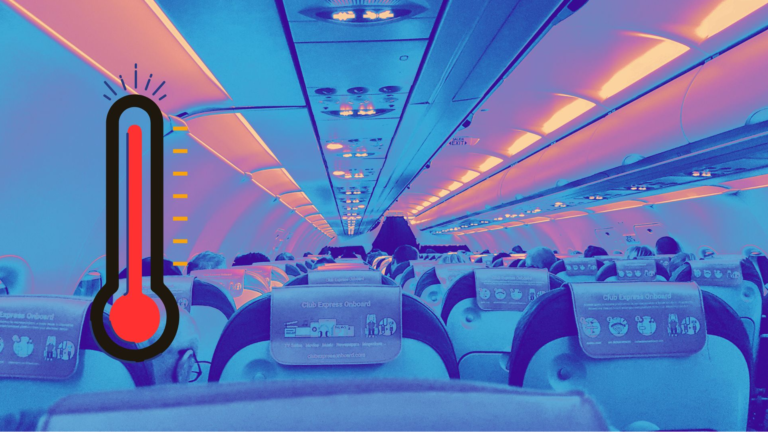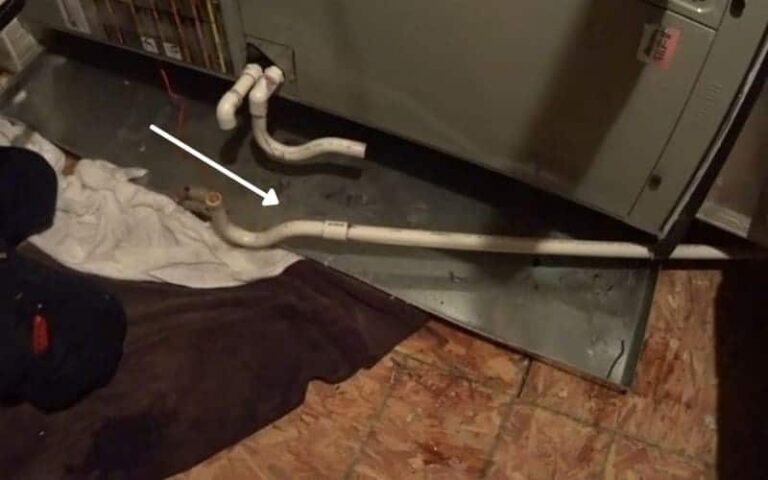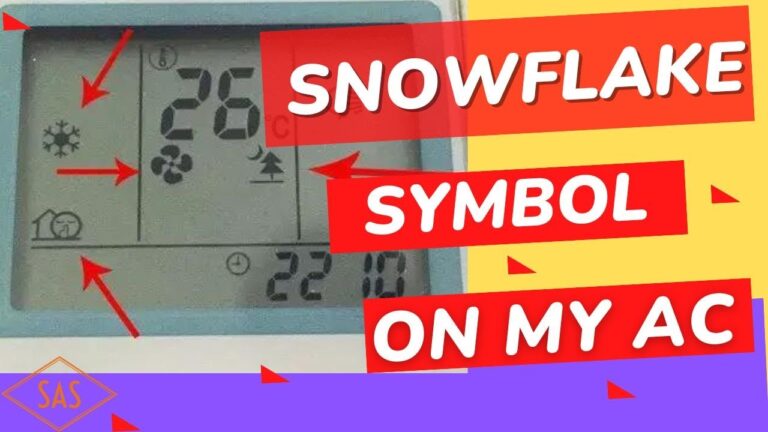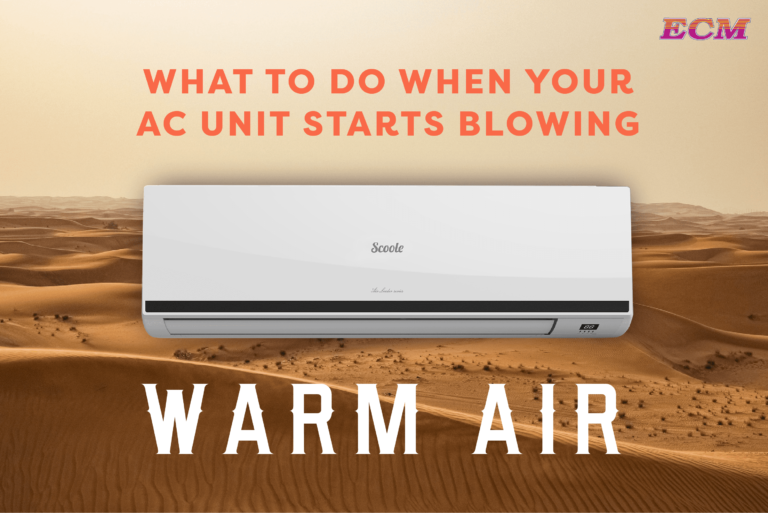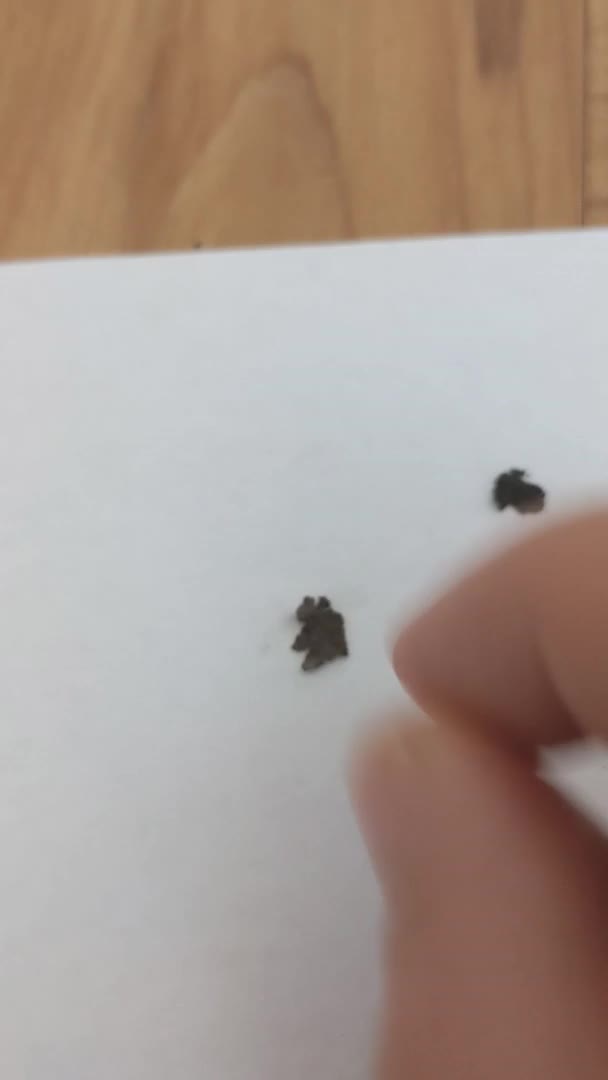What Does P1 Mean On A Portable Air Conditioner: Quick Guide
P1 on a portable air conditioner typically indicates a water reservoir is full or there’s a water level issue. It’s a reminder to drain the unit.
Portable air conditioners offer convenience and flexibility, making them a popular choice for cooling small spaces. The P1 error code is a common issue users encounter, which usually signals that the water tank needs attention. This alert helps prevent overflow and ensures the unit operates efficiently.
Regular maintenance, like draining the water reservoir, can extend the lifespan of your portable air conditioner. Understanding these error codes allows for quick troubleshooting, ensuring a comfortable indoor environment with minimal interruptions. Always consult the user manual for specific guidance tailored to your model.
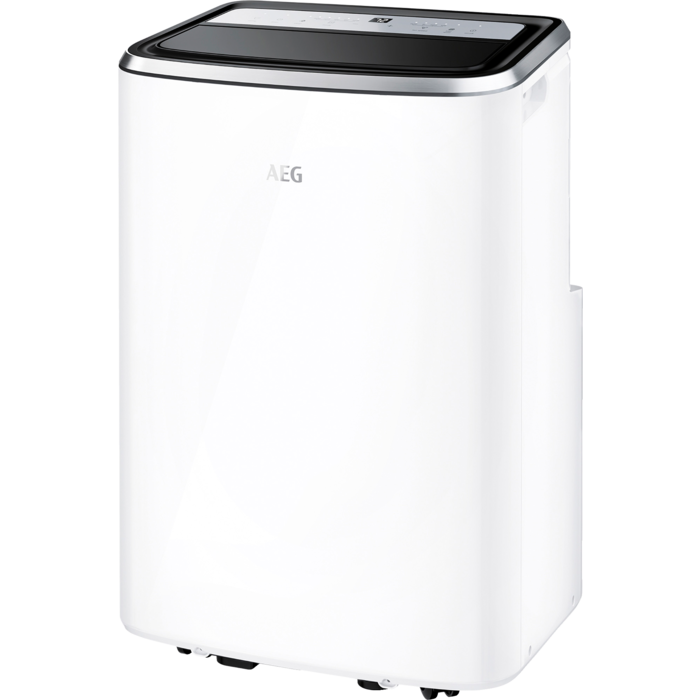
Credit: www.electrolux.co.uk
Introduction To P1 Error Code
Portable air conditioners are great for staying cool. Sometimes, these devices show error codes. One common code is P1. Understanding this code is important. It helps keep your unit running well. Let’s explore what the P1 error code means.
Common Causes
The P1 error code usually means the water tank is full. Portable air conditioners collect water. This water comes from the air. When the tank is full, the unit stops working. This prevents leaks and damage.
Another cause could be blocked drainage. If the drainage system is blocked, water can’t exit. This makes the tank fill up faster. Regularly check your unit’s drainage system.
Why It Matters
Ignoring the P1 error can cause problems. A full tank can lead to leaks. Leaks can damage floors and furniture. This also affects the air conditioner’s performance.
A blocked drainage system can cause overheating. Overheating can damage internal parts. This might lead to costly repairs. Addressing the P1 error code helps maintain your unit. It extends the lifespan of your portable air conditioner.
Identifying The P1 Error
Portable air conditioners are convenient and easy to use. Sometimes, they show error codes like P1. Identifying the P1 Error can help you fix it quickly. This section will explain how to identify and understand the P1 Error.
Visual Indicators
First, check the visual indicators on your portable air conditioner. Look for flashing lights or unusual colors. These signs can point to the P1 Error. Most units have a specific light pattern for errors. Understanding these patterns is crucial. Consult your user manual for exact details.
Error Code Display
Next, check the error code display on your unit. The P1 code often shows on the main screen. This code tells you there’s a problem with the water tank. It usually means the tank is full and needs emptying. Follow these steps to clear the error:
- Turn off the air conditioner.
- Locate the water tank.
- Carefully remove the tank.
- Empty the water into a sink.
- Replace the tank securely.
- Turn the unit back on.
These steps should clear the P1 Error. If the error persists, there might be a sensor issue. Check the sensor and clean it if needed. Always refer to your user manual for detailed instructions.
Immediate Steps To Take
Seeing a P1 error on your portable air conditioner can be frustrating. This error usually points to specific issues that need immediate attention. Here are the immediate steps to take to address the P1 error efficiently.
Power Cycling
Power cycling is a simple yet effective troubleshooting step. To do this:
- Turn off the portable air conditioner.
- Unplug the unit from the power outlet.
- Wait for about 5 minutes.
- Plug the unit back in and turn it on.
This process can reset the system and may resolve the P1 error.
Checking Water Levels
Portable air conditioners often show a P1 error when water levels are high. Follow these steps to check and manage water levels:
- Locate the drain plug at the back of the unit.
- Place a shallow pan or bucket under the drain.
- Remove the drain plug to let the water flow out.
- Once drained, replace the plug securely.
Draining the water can often clear the P1 error code.

Credit: www.youtube.com
Drainage Solutions
Understanding the P1 error code on a portable air conditioner is vital. It usually indicates that the unit’s water reservoir is full. Knowing the drainage solutions can help you keep your air conditioner running smoothly.
Manual Drainage
Manual drainage is often the first solution. Follow these simple steps:
- Turn off the air conditioner and unplug it.
- Move the unit to a suitable drainage area.
- Locate the drain plug at the back or bottom of the unit.
- Remove the drain plug and let the water flow out.
- Once drained, replace the drain plug securely.
- Plug the unit back in and turn it on.
Manual drainage can be a bit messy but is effective. It ensures that your unit operates efficiently.
Using Drain Hose
Using a drain hose simplifies the process. Here’s how to set it up:
- Find the drain outlet on your air conditioner.
- Attach a suitable drain hose to the outlet.
- Ensure the other end of the hose leads to a drainage point.
- Secure the hose to prevent leaks.
- Check that the hose is not kinked or blocked.
Using a drain hose allows continuous drainage. This method is less labor-intensive and keeps the unit running without interruptions.
Both methods are effective in managing the P1 error code. Choose the one that suits your needs best.
Preventing P1 Errors
Portable air conditioners are a lifesaver in hot weather. Yet, encountering a P1 error can be frustrating. Understanding how to prevent these errors ensures your unit works efficiently. Here are some practical tips to keep your portable air conditioner running smoothly.
Regular Maintenance
Performing regular maintenance is crucial to prevent P1 errors. Check and clean the filters every two weeks. Dirty filters can restrict airflow and cause errors.
- Remove and wash the filters with warm water.
- Dry them completely before reattaching.
- Inspect the condenser coils for dust and dirt.
Schedule a professional service at least once a year. A technician can identify potential issues early.
Proper Usage
Using your portable air conditioner correctly can avoid P1 errors. Ensure the unit is placed on a flat, stable surface. Avoid placing it near heat sources like stoves or direct sunlight.
Check the water tank regularly. An empty tank can trigger a P1 error. Fill the tank as needed to maintain proper function.
- Keep doors and windows closed during operation.
- Set the thermostat to a reasonable temperature.
- Use the unit in well-ventilated rooms.
Following these steps helps in maintaining the efficiency and longevity of your portable air conditioner.
When To Call A Professional
Seeing a P1 error on your portable air conditioner can be frustrating. While some issues can be fixed easily, others need a professional touch. Knowing when to call a professional can save you time and effort.
Complex Issues
Some problems are too complex for a DIY fix. If the error persists after basic troubleshooting, it might indicate a deeper issue. For example, electrical problems or faulty internal components. These issues require expertise and specialized tools.
| Issue | Why Call a Professional |
|---|---|
| Electrical Problems | Risk of electric shock or fire |
| Faulty Components | May need specialized parts and knowledge |
| Refrigerant Leaks | Requires proper handling and disposal |
Warranty Considerations
Most portable air conditioners come with a warranty. Attempting repairs yourself may void this warranty. Always check your warranty terms before starting any repair work. It’s best to call a professional to avoid losing your warranty benefits.
- Warranty Coverage: Protects against certain types of damage.
- Expert Repairs: Ensures the job is done correctly.
- Peace of Mind: Less stress knowing your warranty remains valid.
Additional Troubleshooting Tips
If your portable air conditioner displays a P1 error, you might need some extra help. Here are some additional troubleshooting tips to solve the issue and keep your unit running smoothly.
Filter Checks
Filters can clog and affect your air conditioner’s performance. Check the filters regularly. If the filter is dirty, clean or replace it. This can improve airflow and efficiency.
To check the filter, follow these steps:
- Turn off the unit and unplug it.
- Locate the filter cover and remove it.
- Take out the filter and inspect it for dust and debris.
- Wash the filter with warm water and mild soap if needed.
- Let the filter dry completely before reinstalling it.
Ambient Temperature
The ambient temperature can affect your air conditioner’s performance. Make sure the room is not too hot or cold. Ideal room temperature ranges from 68°F to 77°F.
Here are some tips to maintain the right temperature:
- Keep windows and doors closed.
- Use curtains or blinds to block direct sunlight.
- Avoid placing the unit near heat sources.
| Issue | Solution |
|---|---|
| P1 Error | Check and clean filters, maintain proper ambient temperature. |
| Low Cooling | Ensure proper airflow and clean filters. |
By following these additional troubleshooting tips, you can keep your portable air conditioner running efficiently. Remember, regular maintenance is key to preventing issues.
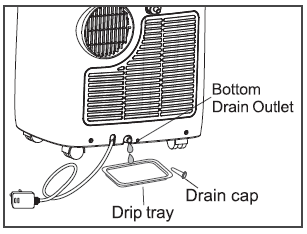
Credit: support.tcl.com
Frequently Asked Questions
How Do I Fix P1 Error On My Portable Air Conditioner?
To fix a P1 error on your portable air conditioner, empty the water tank. Ensure the unit is on a level surface. Restart the air conditioner after emptying. If the error persists, consult the user manual or contact customer support.
What Is The P1 Problem In Ac?
The P1 problem in AC units usually indicates a high-pressure issue. It often results from blocked airflow or refrigerant leaks.
How To Fix P1 Error On Carrier Air Conditioner?
To fix a P1 error on a Carrier air conditioner, check for refrigerant leaks. Clean or replace the air filters. Ensure proper airflow around the unit. Reset the system by turning it off and on again. If the error persists, contact a professional technician.
Conclusion
Understanding the P1 error code on a portable air conditioner is crucial. It helps in maintaining optimal performance. Regular maintenance can prevent such issues. Always refer to the user manual for specific troubleshooting steps. By addressing the P1 error promptly, you can ensure efficient cooling and extend the lifespan of your unit.


